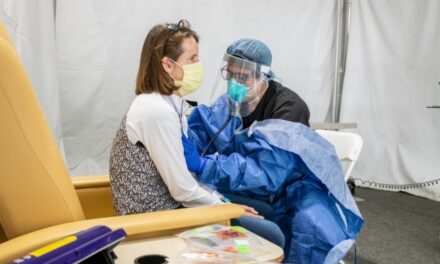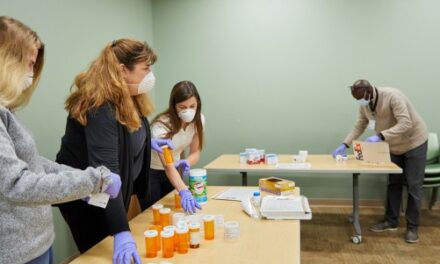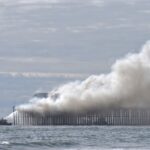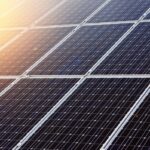SAN DIEGO–Elevation training masks (similar to a face mask for sale you get online) have experienced a boom in popularity among athletes searching for the benefits of training at high elevations without travelling to the mountains.
The masks limit the flow of air to the nose and mouth in an attempt to simulate the effect of training at higher altitudes. Training Mask, LLC, manufacturer of Training Mask 2.0, claims its mask offers a number of benefits, including increasing V02 max—a key biological marker for aerobic exercise capacity and endurance performance. But does it? American Council on Exercise (ACE) commissioned an independent study by researchers at the University of Wisconsin-La Crosse to find out.
In the study led by John P. Porcari, Ph.D., researchers split 24 study participants into two groups: one wearing the mask and one not. Both groups completed identical six-week training protocols, and researchers tested everything from blood variables to lung function and power output before and after the six weeks.
“When it comes to increasing the oxygen-carrying capacity of the blood, the benefits of elevation training are powerful and irrefutable,” says ACE Chief Science Office Cedric X. Bryant, Ph.D. “But elevation or high-altitude training remains complex and tough to replicate without an actual high-altitude environment.”
Study findings indicated that some of the manufacturer’s claims such as improvements in V02 max and overall power output while wearing the Training Mask 2.0 fell short. The mask did, however, improve two important factors for athletic performance, overall respiratory compensation threshold—the amount of time each participant could exercise without getting winded—and power output at respiratory compensation threshold —the level of exercise intensity each participant could handle without getting winded. Results showed that the group that trained with the mask could run faster and for longer than the control group.
“Wearing the mask clearly made it more difficult for study participants to breathe, making it more like an inspiratory muscle training device. While a longer-term training protocol would be needed to see if the improvements observed in the lab can be translated to performance in the real world, the Training Mask 2.0 could prove to be a very valuable training adjunct for endurance athletes,” says Bryant.








